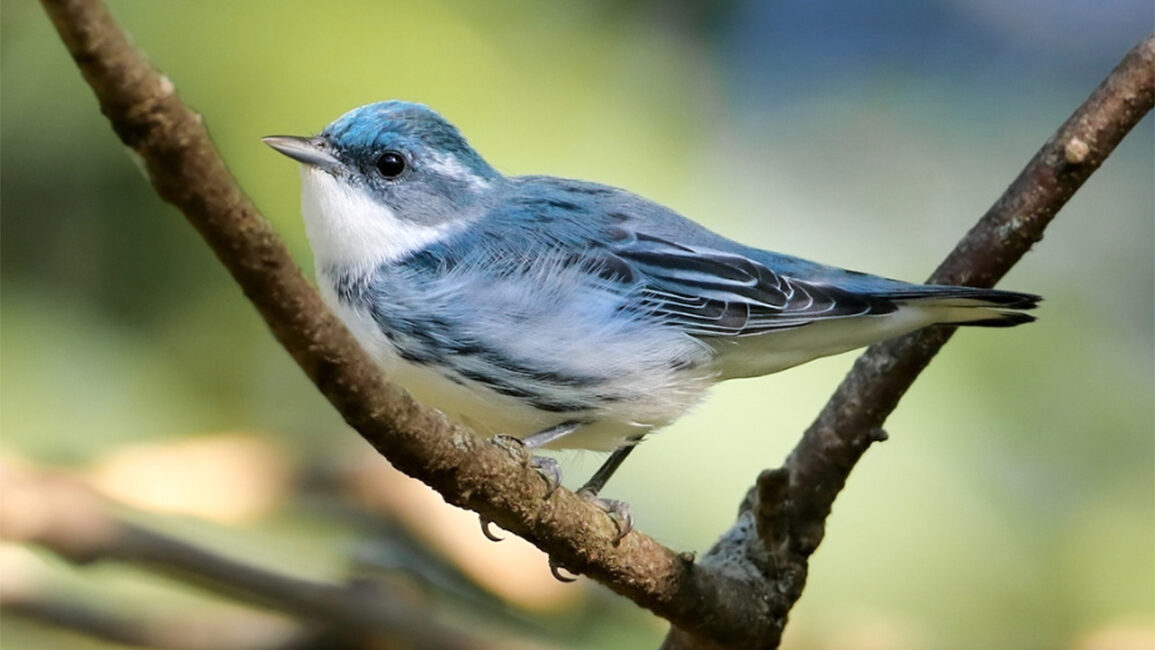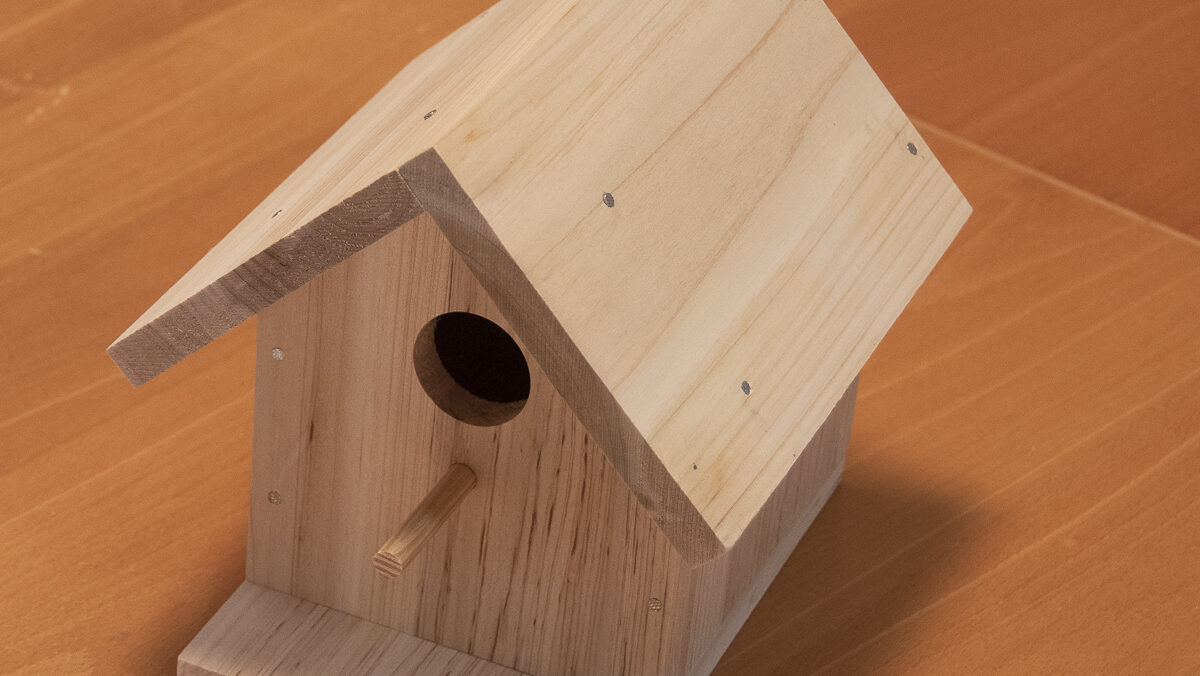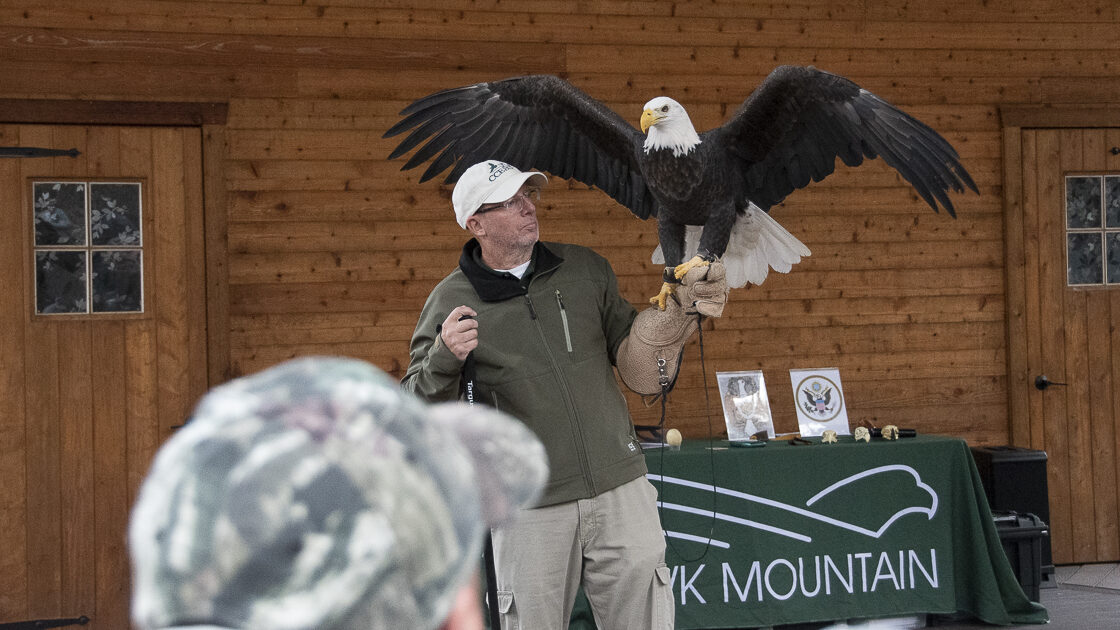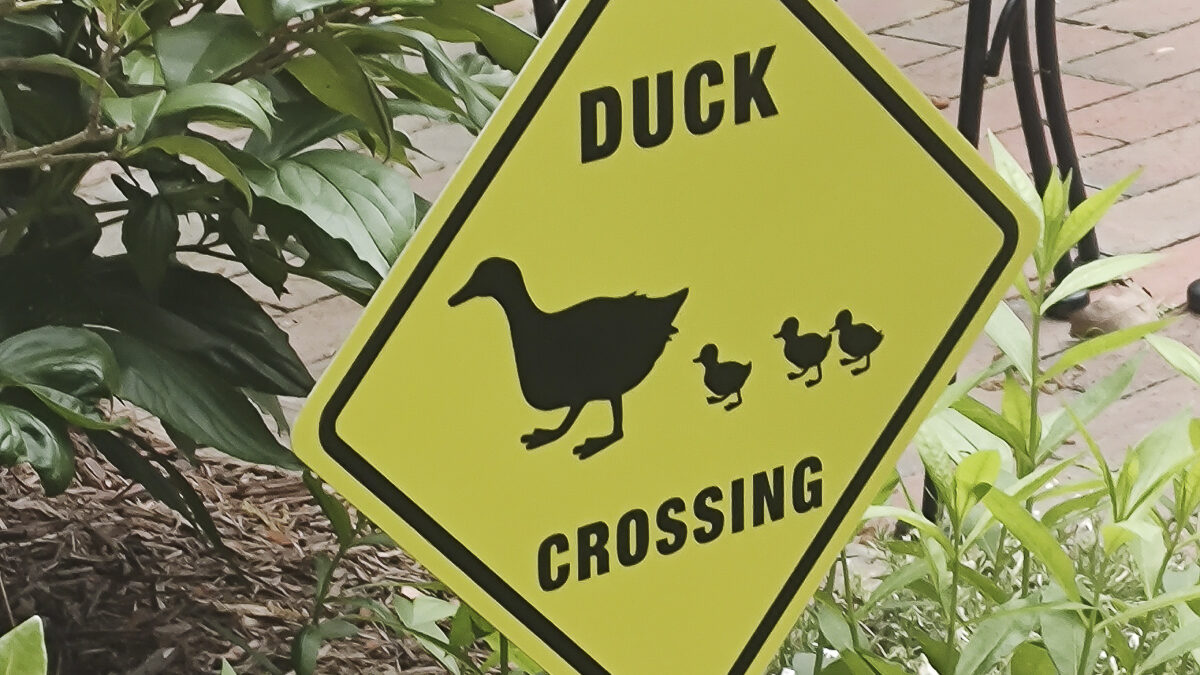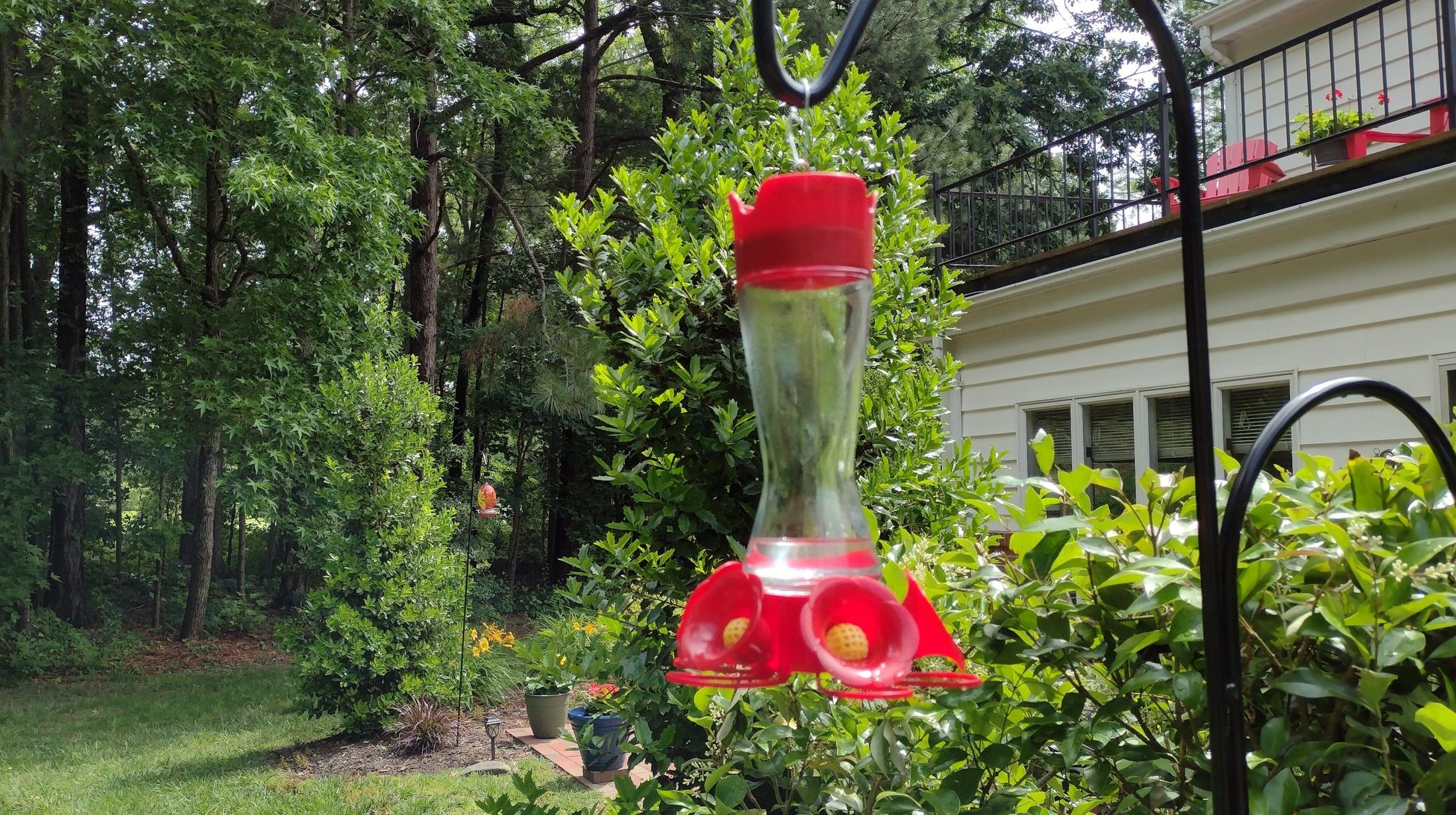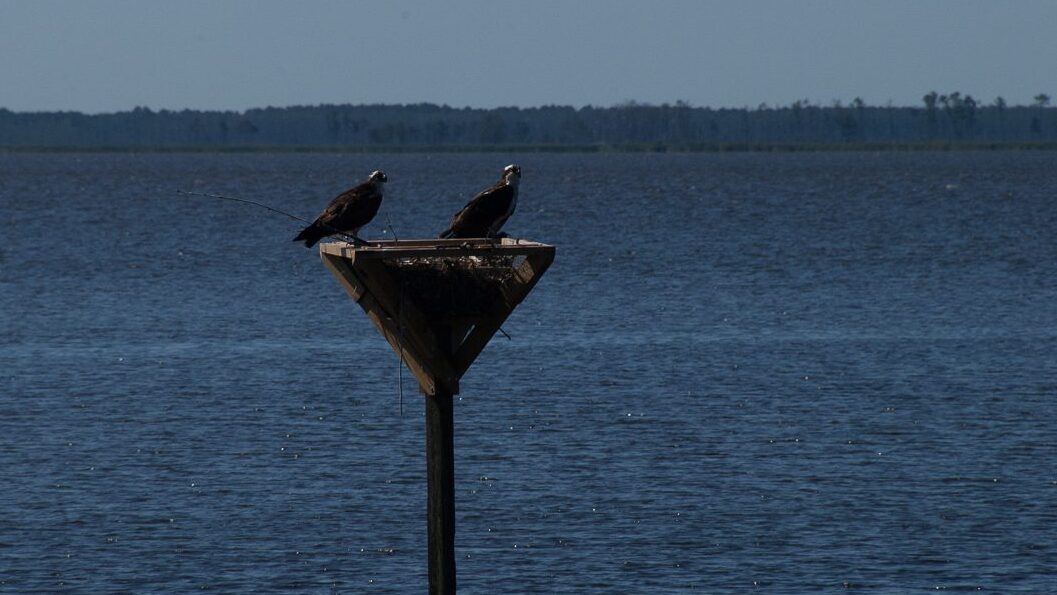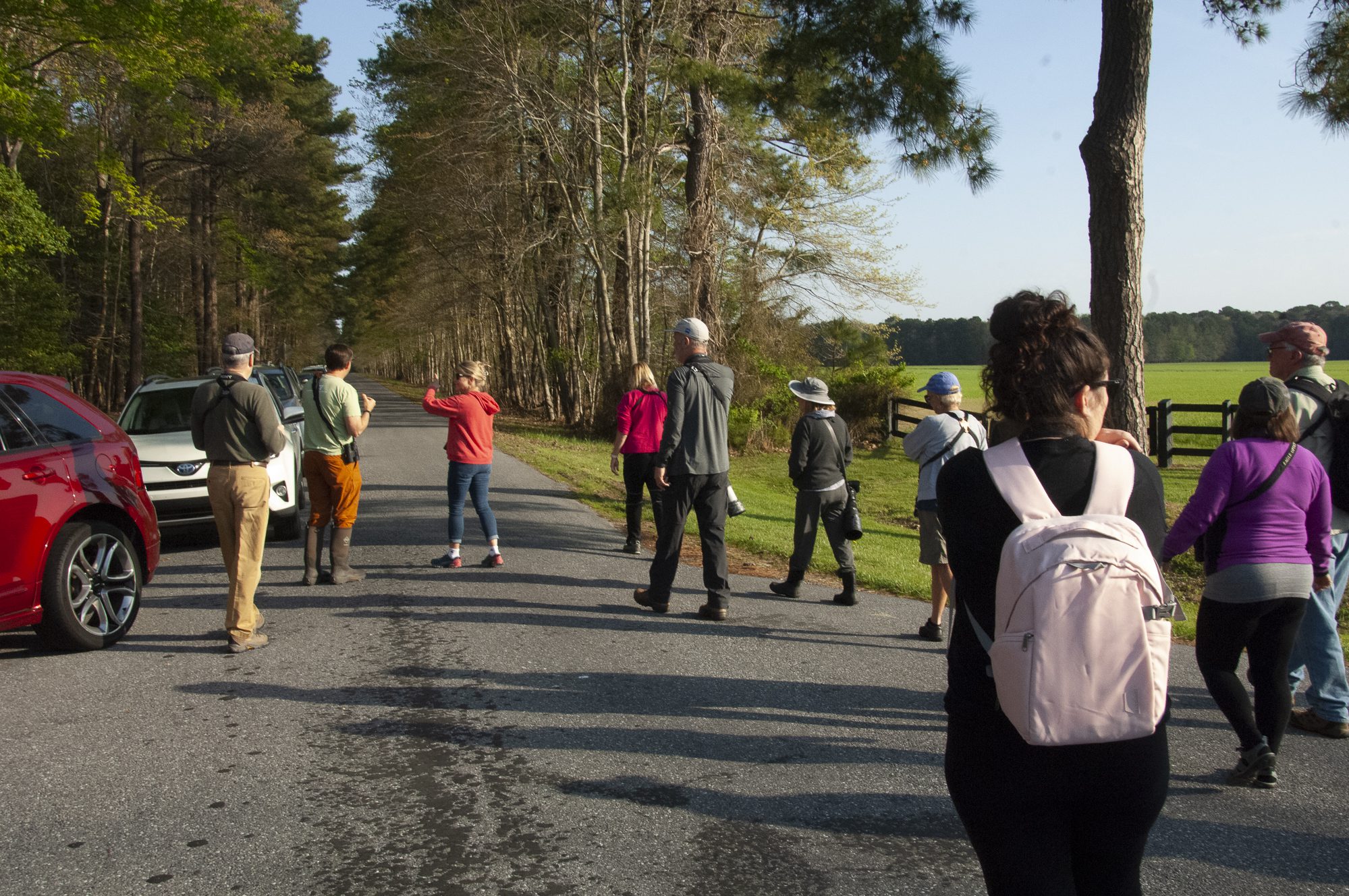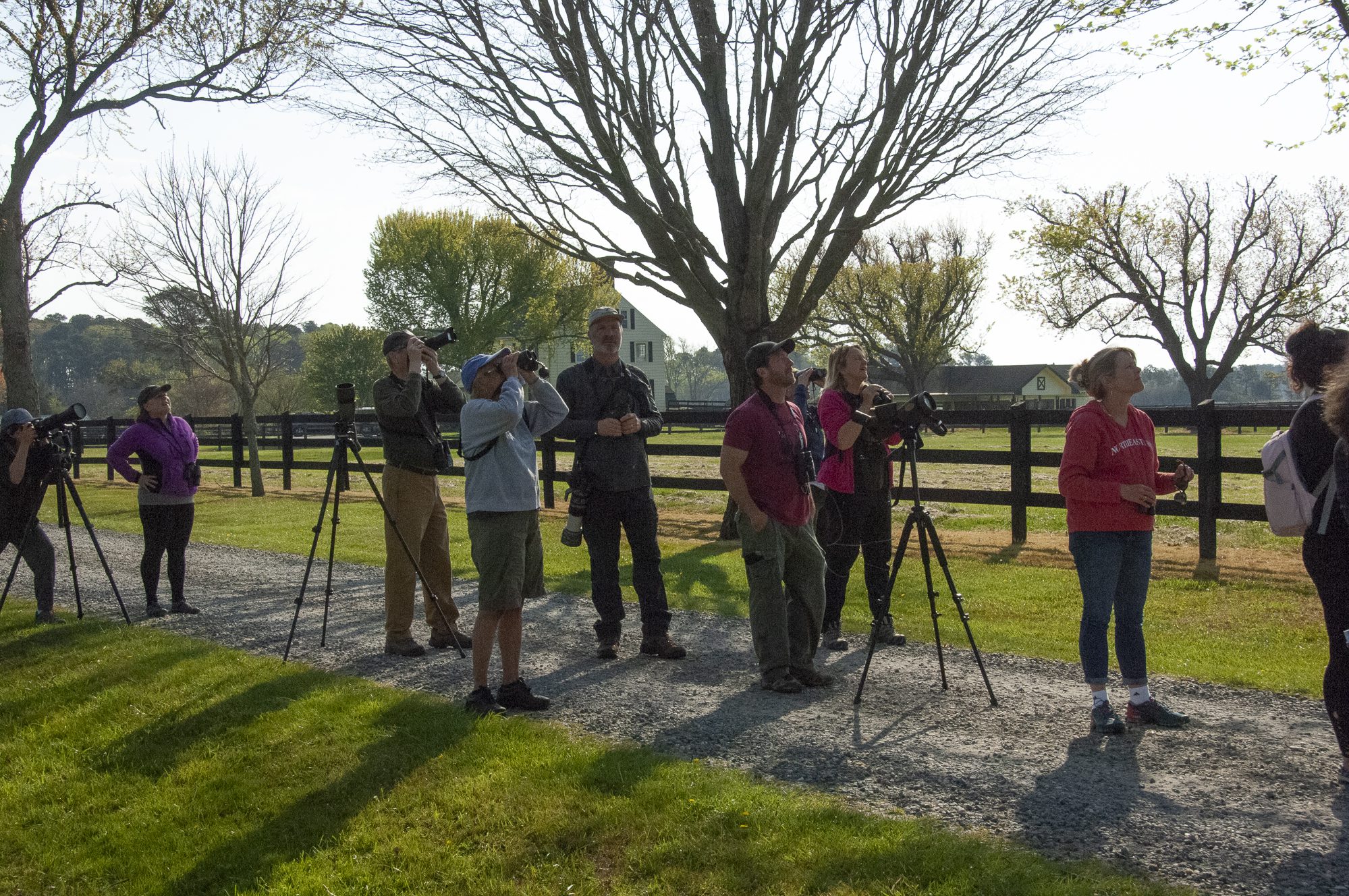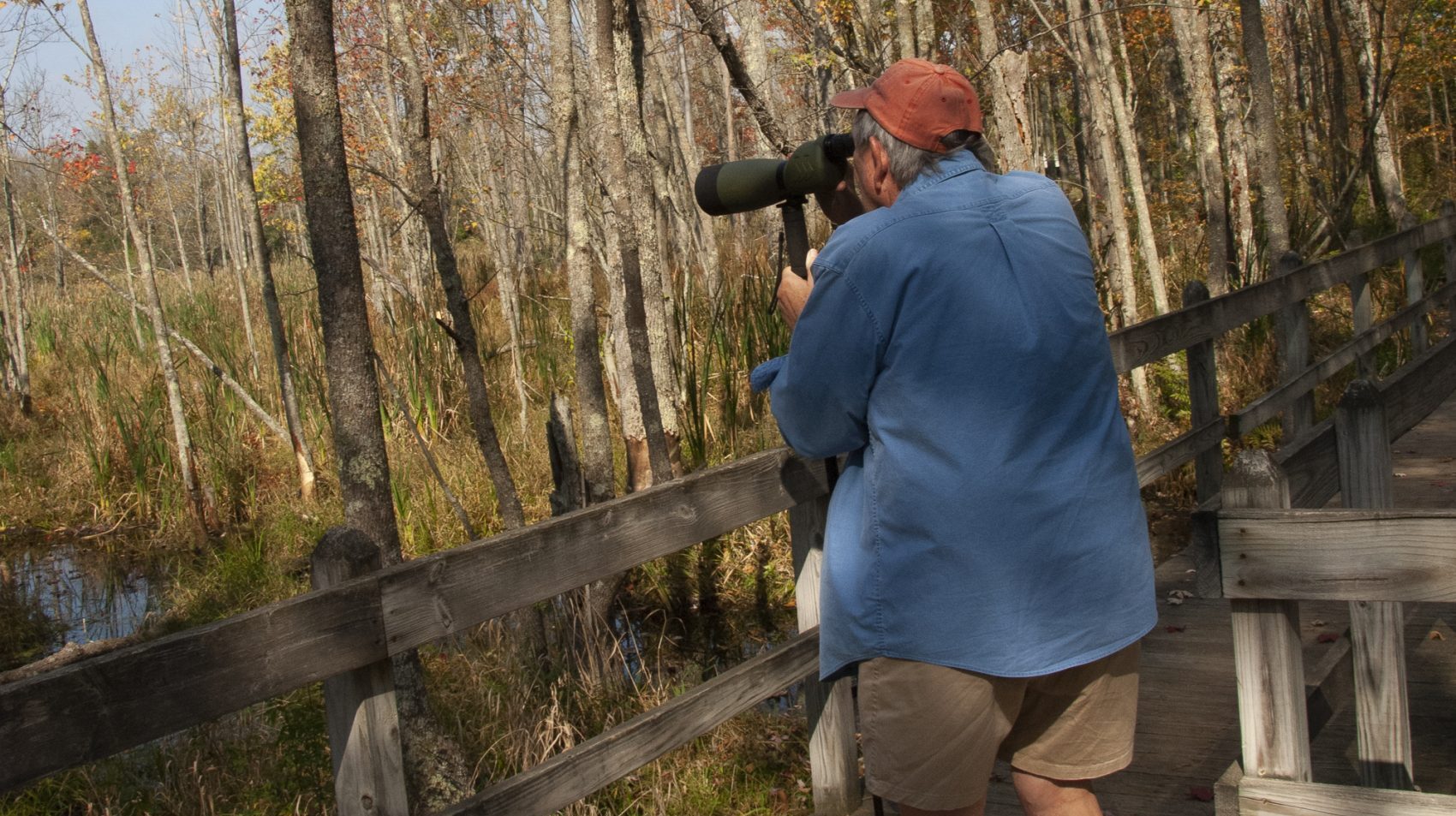Best of birding in tupelo swamps, forests and Lake Guntersville and the Tennessee River

Thanks to Joe Watts and Alabama Birding Trails for sharing this story.
Landscapes in North Alabama range from tupelo swamps to fields of wildflowers, from expansive oak and hickory forests, to the open waters of Lake Guntersville and the Tennessee River.
As the habitats vary through the valley, so do the seasons. Spring brings neotropical songbirds, some spending the next 6 months here, while others only stop briefly before continuing their journey northward. Summer is filled with breeding woodland species such as Great-crested Flycatchers and Blue Grosbeaks, along with Kentucky Warblers and White-eyed Vireos. In late fall, migrant waterfowl, Sandhill Cranes, the critically endangered Whooping Crane, and a variety of raptors return to spend the winter in the valley, or at least pass through on their way farther south.
Once winter’s chill is in the air, large roosts of Bald Eagles form and stragglers from farther north can be found with the abundant waterfowl and gulls. A few Golden Eagles are typically seen each winter as well.
A sampling of spots to visit below:
Wheeler National Wildlife Refuge’s (NWR’s) showpiece Visitor Center can be good at any time of year, but it shines brightest during winter, when over 10,000 Sandhill Cranes, 50,000 ducks and as many as 18 Whooping Cranes call the area home. The Visitor Center hosts a series of interpretive exhibits that explain the refuge’s numerous residents, the ecology of these organisms, as well as information on the early human residents of the Tennessee River Valley. With two stories and several spotting scopes for visitors’ use, the building is perfect for large groups or introducing new birders to the wonders of northern Alabama’s bird life. A stop at the visitor center is also useful to learn more about the other locations found on the refuge. (Don’t miss this spot during winter! It is genuinely magical. Be sure to roll down your car window to hear the sounds of the Sandhill Cranes!)
Guntersville Peninsula. (best in winter) Guntersville Peninsula (Site # 35, Northeast Loop) sits on a peninsula that juts into Guntersville Reservoir. The city has developed walking trails along the shoreline of the peninsula, providing public access to innumerable vantage points to search the water for bird life. The reservoir is at its best in winter, when waterfowl is plentiful, often supporting rafts of Red-breasted Mergansers, Lesser Scaup, Gadwalls, Ruddy Ducks as well as Common Loons and Horned Grebes.
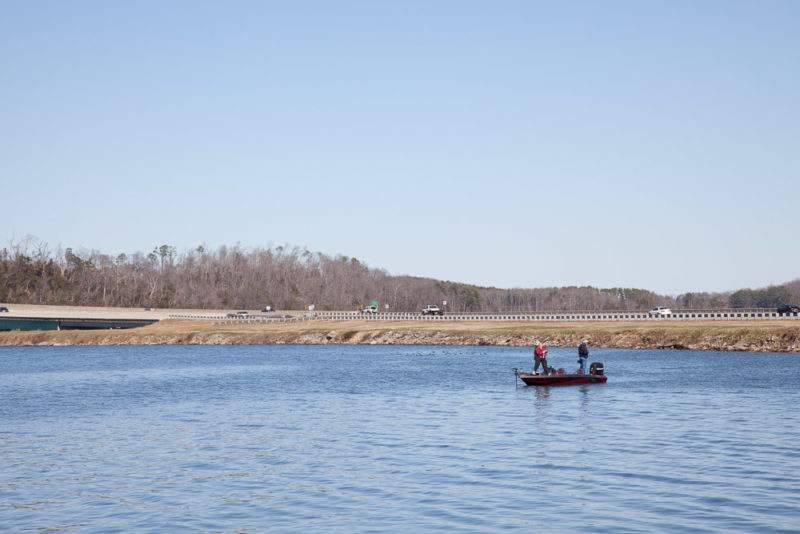
Guntersville State Park. (best in Winter) is one of the premier birding areas in northeastern Alabama and is found on the Northeast Loop of the North Alabama Birding Trail. Known for Eagle Awareness Weekends, held during January and February each year. During this time, look for dense populations of waterfowl, and the chance to spy a vagrant such as a Red-necked Grebe or an unusual gull. And, of course, Bald Eagles!
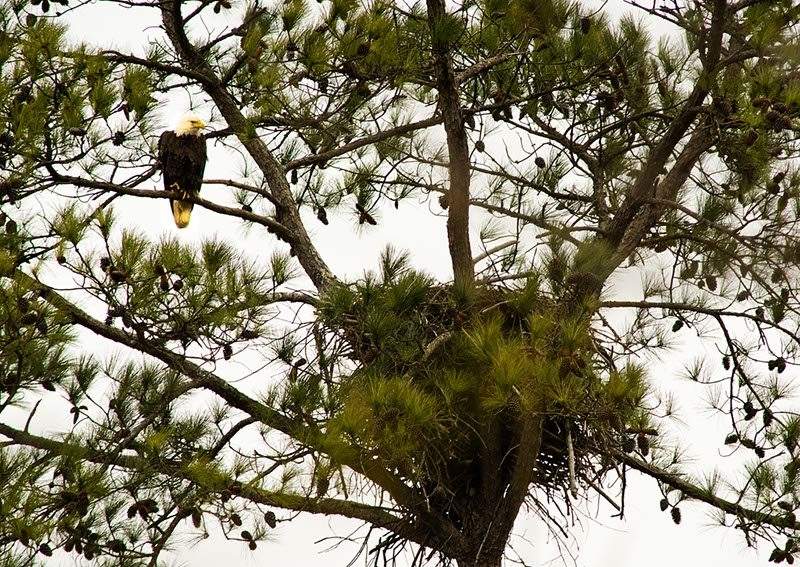
Monte Sano State Park (best in spring and fall) sits atop a remnant ridge of the Cumberland Plateau, giving a fantastic view of the surrounding valleys and plateaus that cover northeastern Alabama. These islands in the sky are covered in thick hardwood forest, which is home to a number of neotropical migrants. As you explore the trails in the park, look and listen for Indigo Buntings, Great Crested Flycatchers, and Red-eyed Vireos. During migration, these can be augmented with species that nest farther north.
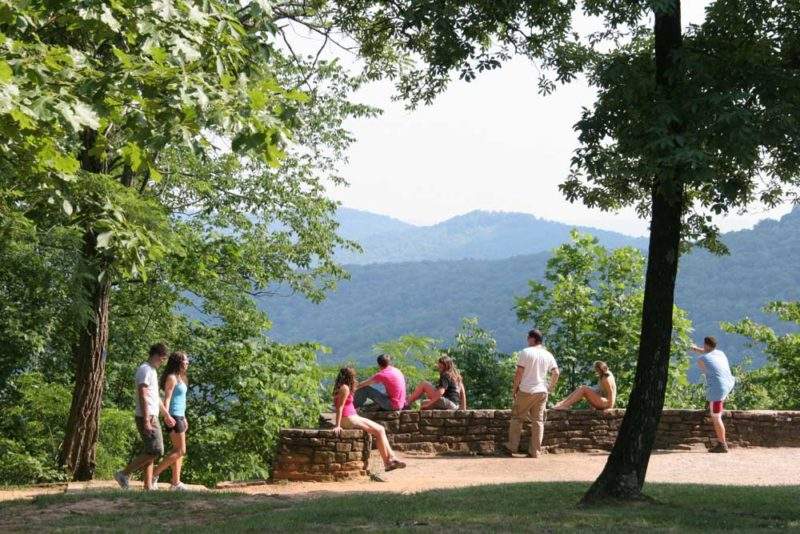
ACES-Graham Farm & Nature Center (best in spring and fall) has outstanding birding opportunities on the 491 acre Nature Center. Sightings of Cerulean Warblers, American Redstarts, and Worm-eating Warblers have all been reported. Flycatchers are typically seen during summer months. Loggerhead Shrikes can be spotted hunting along fence rows and Eastern Bluebirds nest on the property. Swallows soar overhead during summer and early fall and Northern Cardinals, American Crows and others are everyday visitors. This is one of those under-birded locations in Alabama that may turn up any number of species on a given day–and you may have the location nearly to yourself.
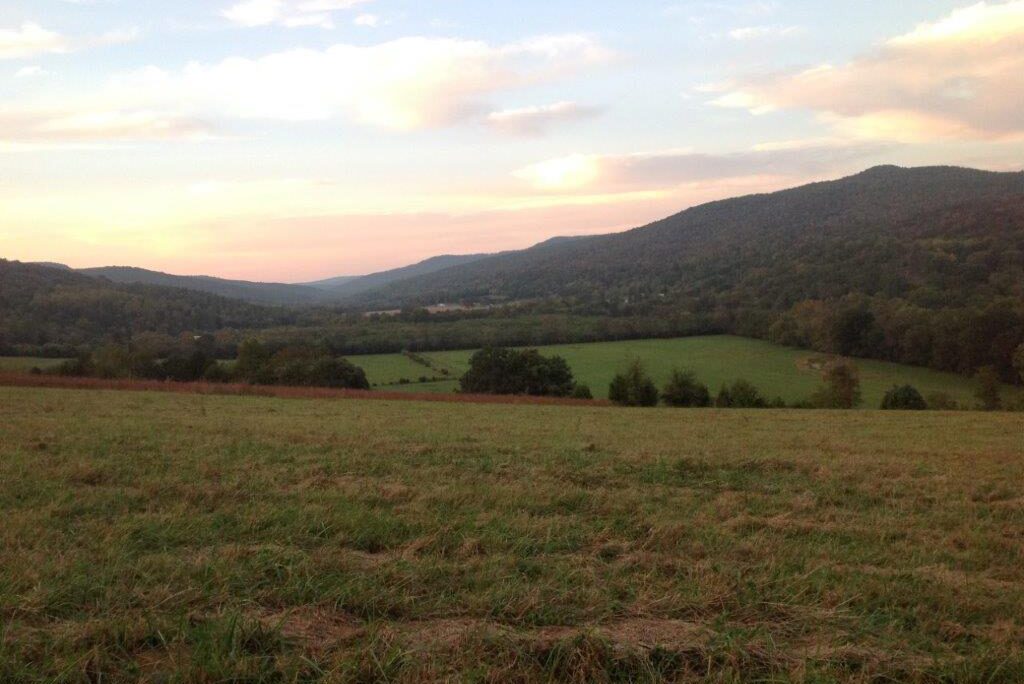
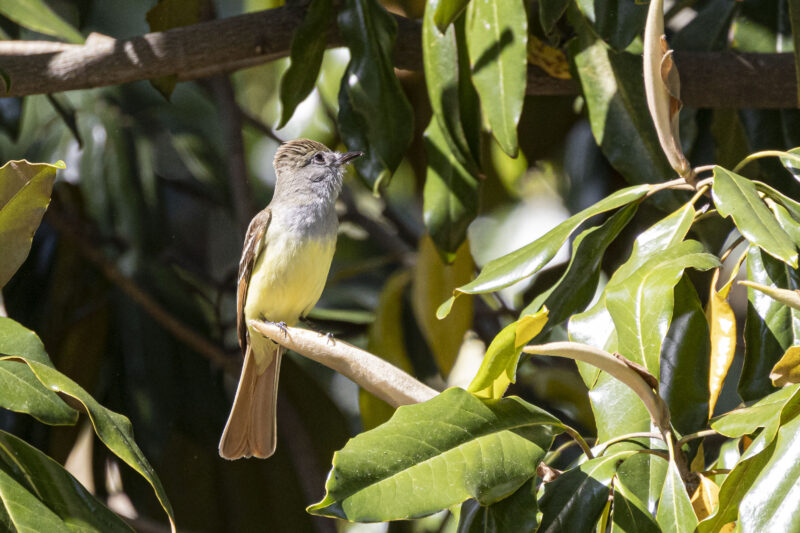
The Hays Nature Preserve (excellent in all but the heat of summer) hosts several miles of paved trails that follow the Flint River and its associated oxbow lakes through low riparian habitat, old fields, and a golf course. There are a total of 10 miles of trails that wind through bottomlands, swamps, and sloughs, suitable for hiking or mountain biking. This is an incredible area, easily accessible for birders near the large metropolitan area of Huntsville.
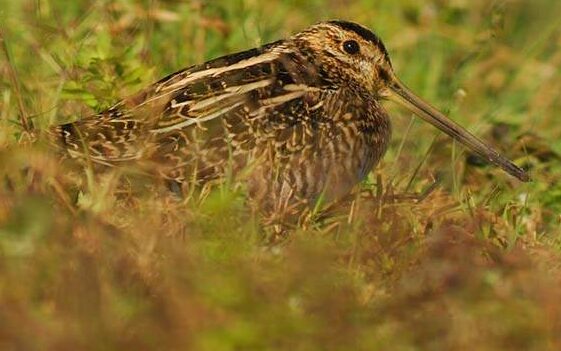
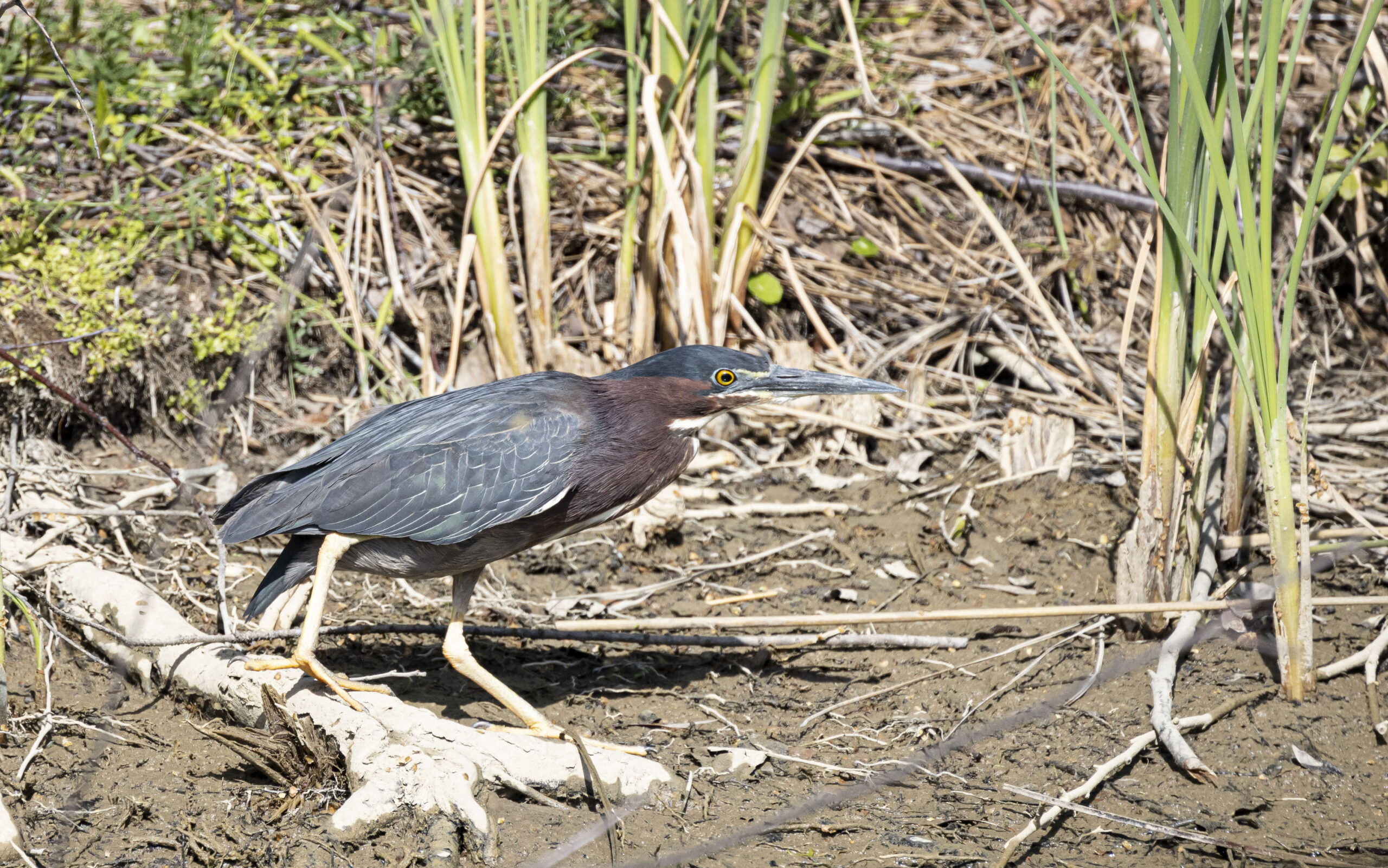
- Monoculars and Spotting Scopes for Birding
- Fall Bird Migration
- Choosing Binoculars for Bird Watching
- Accessible Nature Trails
Gene and Katie Hamilton are bird watchers who attend birding festivals and events and write about the wonders of the birding world. They are members of the Outdoor Writers Association of America.
Post Views: 2,586
|

